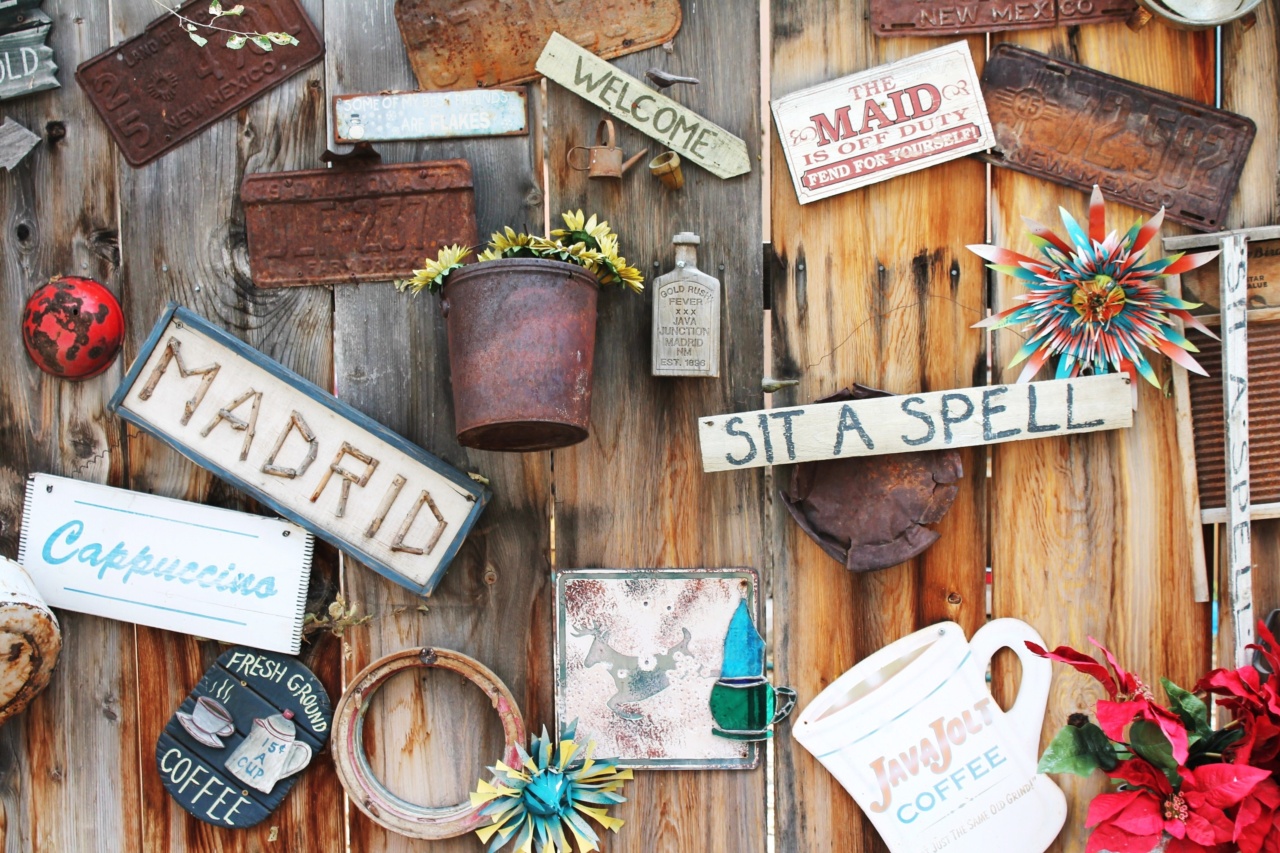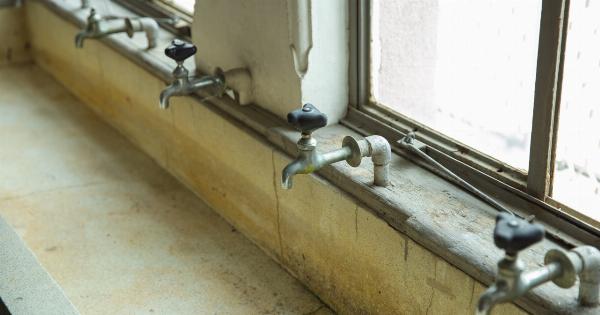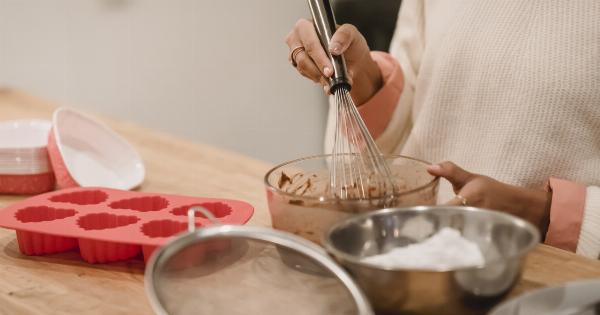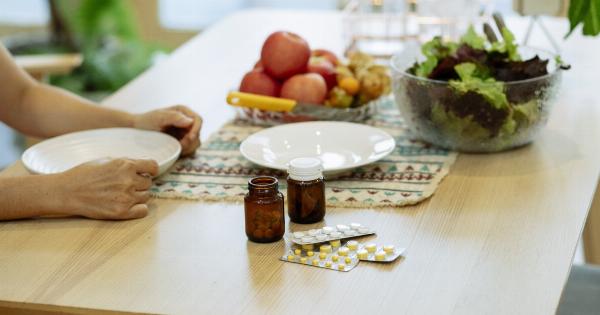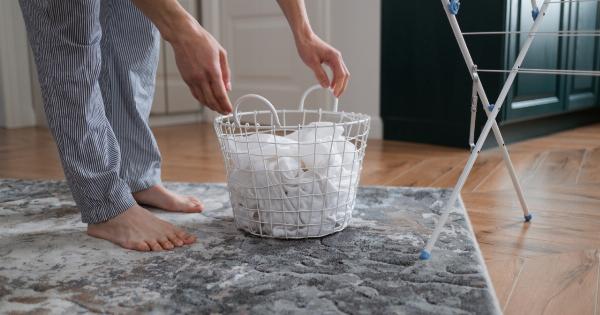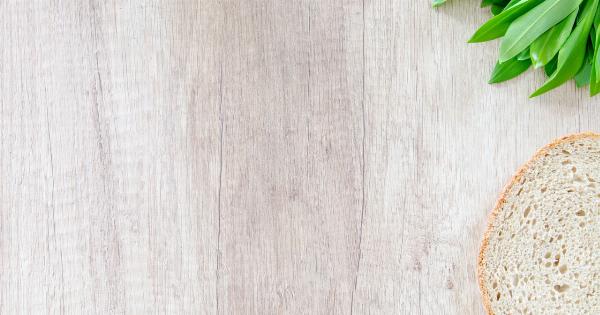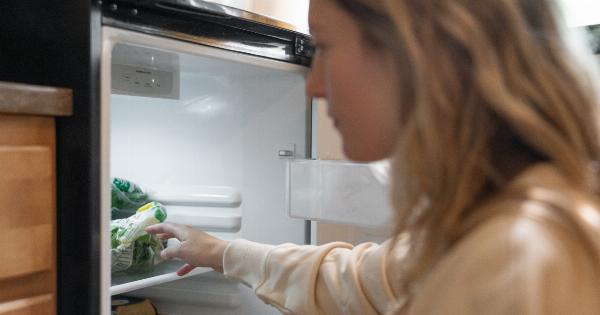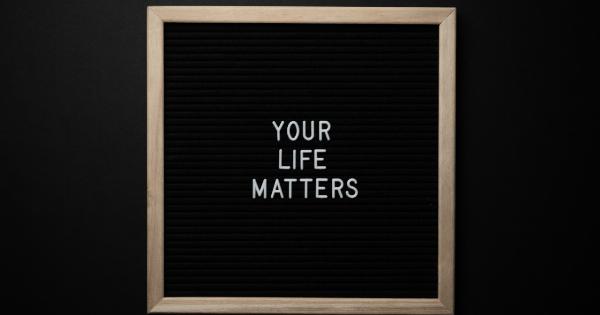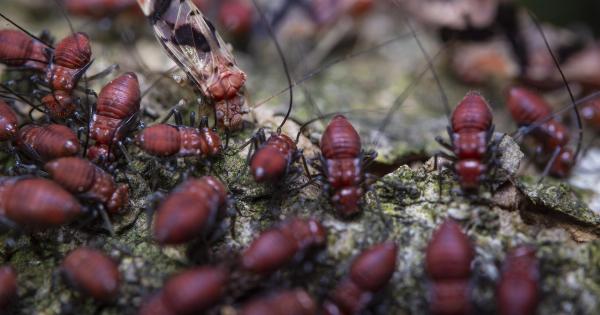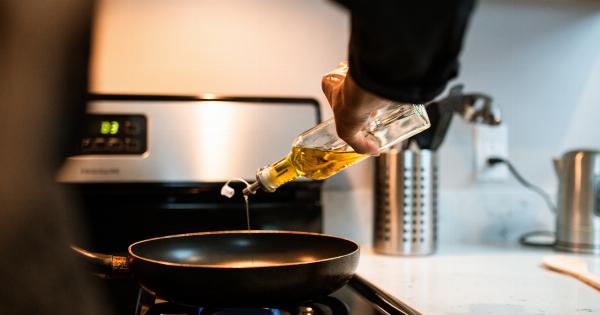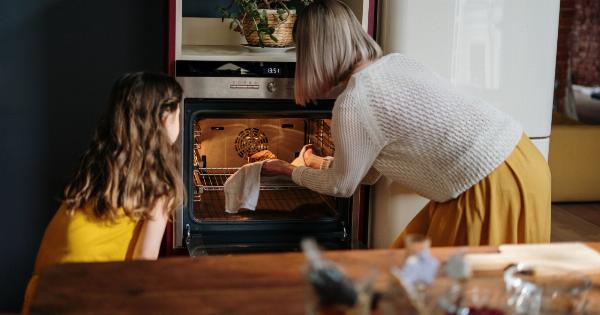Mold is a type of fungi that grow in damp or humid places. They survive by breaking down organic matter and can be found in indoor or outdoor environments. Mold spores are allergens that can cause respiratory and other health problems.
When mold spores encounter moisture, they grow and can cause structural damage to material.
The Signs of Mold Infestation
Mold growth typically occurs in humid areas, like bathrooms, kitchens, basements, attics and other areas where moisture may accumulate. Here are some signs that mold may be present in your home:.
1. Visible Mold Growth
If you see mold growing anywhere in your home, it is obvious that there is mold present. Mold can appear in various forms and colors, like black, green, white, yellow, blue, orange, brown, and pink.
Mold spores can also grow in irregular patterns, and have a fuzzy or slimy texture.
2. Unpleasant Odor
The presence of mold can cause a strong, musty odor, especially in areas where mold is growing. If you notice an unpleasant smell, it could be a sign that there is mold growth in your home.
3. Water Damage in the Home
Mold spores need moisture to grow, so if there has been water damage in your home, there could be mold growth.
Signs of water damage include water stains on walls and ceilings, wet or damp areas in carpets or flooring, and discoloration or peeling paint. If these areas are left unattended, mold growth could occur.
4. Allergic Reactions
People with allergies or asthma can experience respiratory and other health issues when mold spores are present.
If you or anyone in your home is experiencing allergic reactions like sneezing, coughing, or itchy eyes, it could be a sign that there is mold growth.
5. Condensation on Windows
Condensation on windows is a sign of excess moisture in the home, which can encourage mold growth. If you see water droplets forming on the windows, there could be mold growth that you need to address.
6. Peeling Wallpaper or Paint
If you notice that wallpaper or paint is peeling in a particular area, it could be a sign of moisture present behind the wallpaper or paint. This moisture could lead to mold growth.
7. Sudden Increase in Your Utility Bill
An unexplained increase in your utility bill could be a sign of issues in your home, including mold growth. Mold growth can affect your home’s insulation causing heat to escape and your utility bills to increase.
8. Feeling Unwell but with No Apparent Cause
Mold spores can cause health problems for some individuals, including headaches, fatigue, dizziness, and memory loss. If you feel unwell for no apparent reason, you may have mold growth in your home that is affecting your health.
9. Leaky Roof or Plumbing
If you have a leaky roof or plumbing, this can create favorable conditions for mold growth. Water that sits for a long time can lead to mold growth, so leaks should be immediately addressed.
10. Poor Ventilation
Poor ventilation can create excess moisture, which can lead to mold growth.
If certain areas of your home lack ventilation, like the bathroom or kitchen, or your air conditioner is not working properly, this could lead to excess moisture and mold growth.
